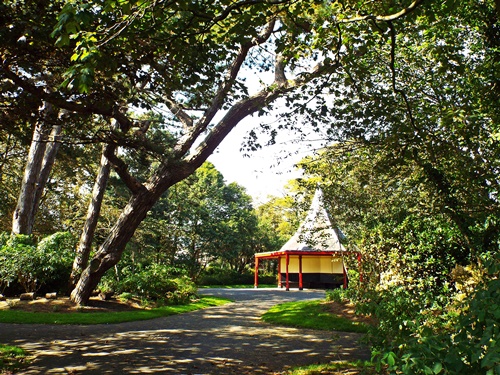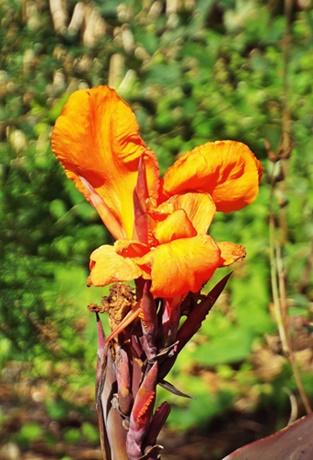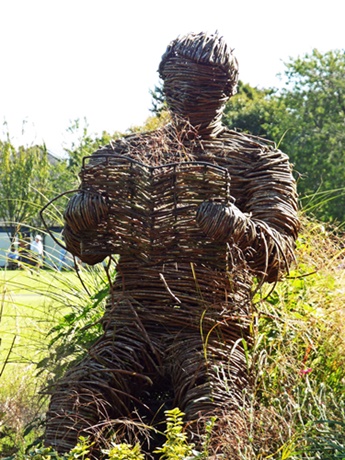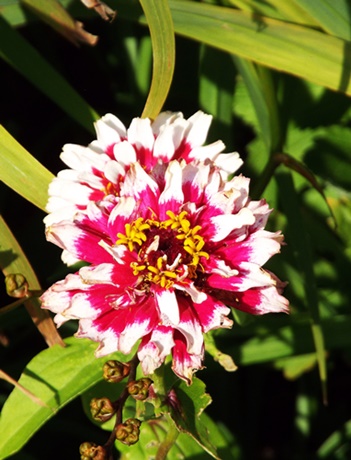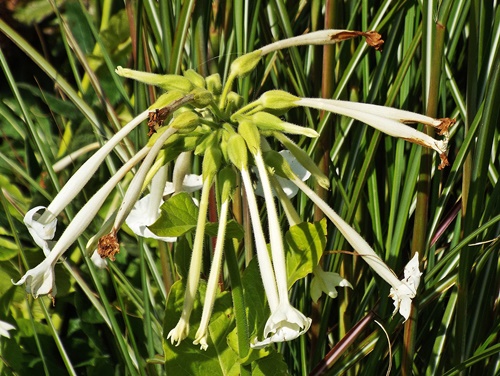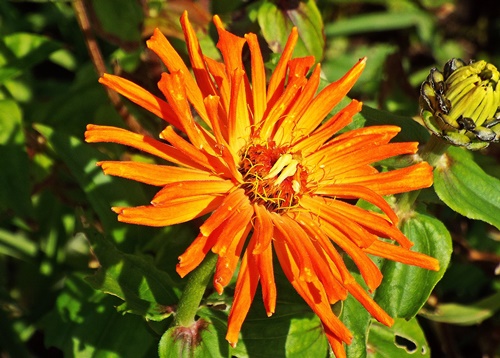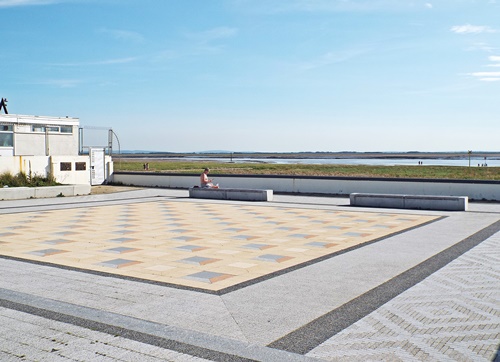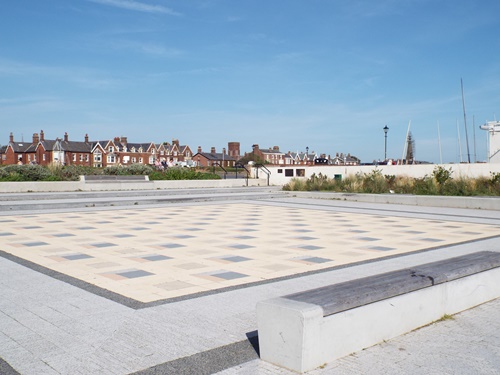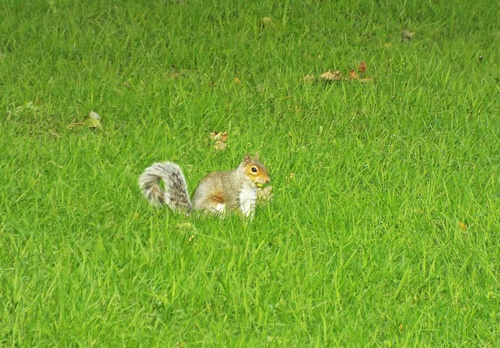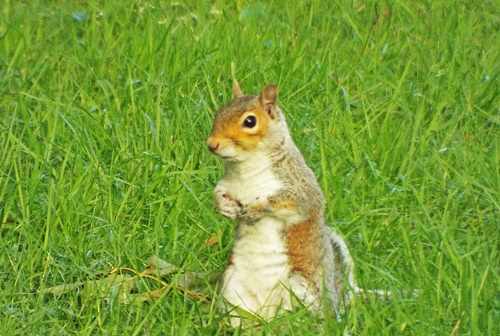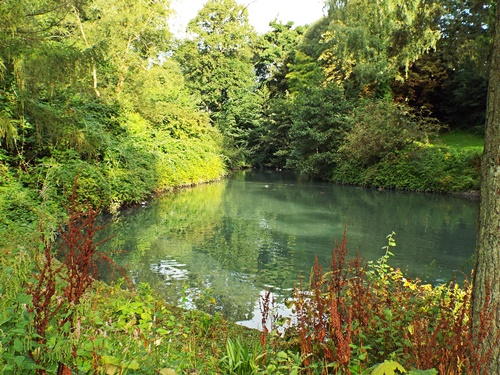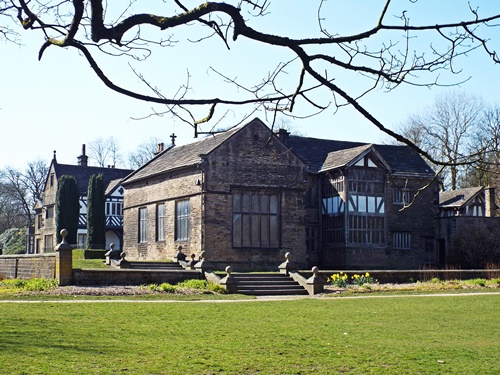A sunny but breezy Sunday at the start of this month saw me heading out to Southport for a look round the botanical gardens in the suburban village of Churchtown on the outskirts of the town. In spite of the numerous times I’ve been to Southport over the years I’d only found out about this place recently so I was looking forward to seeing what was there.
The Botanic Gardens were originally founded in 1874 by a group of local working men who formed the Southport and Churchtown Botanic Gardens Company and acquired a parcel of land from the Hesketh Estate. The company raised £18,000 to landscape the gardens, build a lake, a conservatory, tea rooms and a museum, and the gardens were officially opened in 1875 by Rev. Charles Hesketh from whom the land had been acquired, with the opening ceremony including laying a foundation stone for the museum.
The building was designed by local architects Mellor & Sutton and built by George Duxfield of Duxfield Brothers, Southport, with the famous showman, politician and businessman Phineas T Barnum being an advisor in the construction. The museum eventually opened in 1876 and Barnum donated his top hat which could later be seen on display. The running of the museum was funded by donations from the public and the local council while the gardens themselves were run as a commercial venture funded by entrance fees.
The gardens’ serpentine lake was formed from part of a stream, known as The Pool, which flowed through the grounds of the nearby Meols Hall historical manor house and out to the Ribble Estuary, and it’s said that monks who lived close by fished for eels in the stream. Attached to a magnificent glass conservatory was a fernery which proved very popular with visitors as it featured many tropical plants from around the world, and though the conservatory was eventually demolished the fernery still remains to this day.

 In 1932 the gardens sadly closed as they were earmarked for an eventual private housing development but after a local uproar Southport Corporation intervened and bought the site with money raised by public subscription. The gardens reopened in August five years later as a public amenity renamed The Botanic Gardens and King George Playing Fields, though the name eventually reverted to the original Botanic Gardens.
In 1932 the gardens sadly closed as they were earmarked for an eventual private housing development but after a local uproar Southport Corporation intervened and bought the site with money raised by public subscription. The gardens reopened in August five years later as a public amenity renamed The Botanic Gardens and King George Playing Fields, though the name eventually reverted to the original Botanic Gardens.
All the museum’s collections were sold off when the gardens closed in 1932 but the museum was eventually reopened by John Scoles who started a new collection from scratch. A Victorian Room was constructed, many artefacts related to Southport’s heritage were donated by local residents and exhibits included the Cecily Bate Collection of Dolls, though one special exhibit, and probably the oldest item in the museum, was an ancient canoe which in recent years has been dated to 535 AD.
The canoe was found in April 1899 by a local farmer who was ploughing a field near what was once the northern shore of Martin Mere and a local historian at the time identified it as being of significant age and interest. It was first displayed in the Botanic Gardens conservatory then in 1907 it was loaned to Liverpool Museum until 1946 when it was returned to the Botanic Gardens and displayed in the museum there.































































 Another set of steps took me down to the extensive main lawned areas where I wandered round various paths, eventually making my way back to the bottom end of the park, then with two final shots taken just outside the main entrance I was ready to return to the station for the train home.
Another set of steps took me down to the extensive main lawned areas where I wandered round various paths, eventually making my way back to the bottom end of the park, then with two final shots taken just outside the main entrance I was ready to return to the station for the train home.












































































